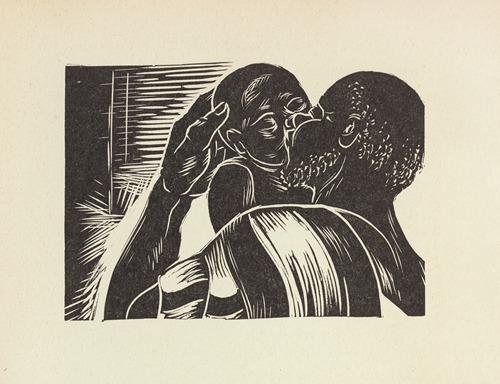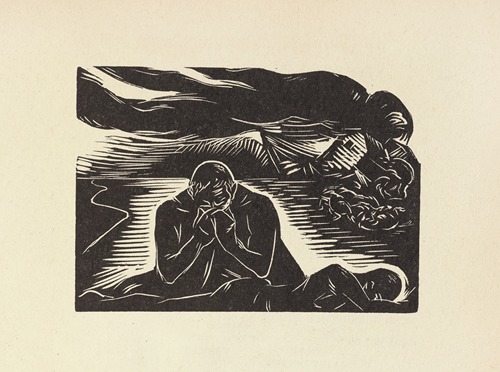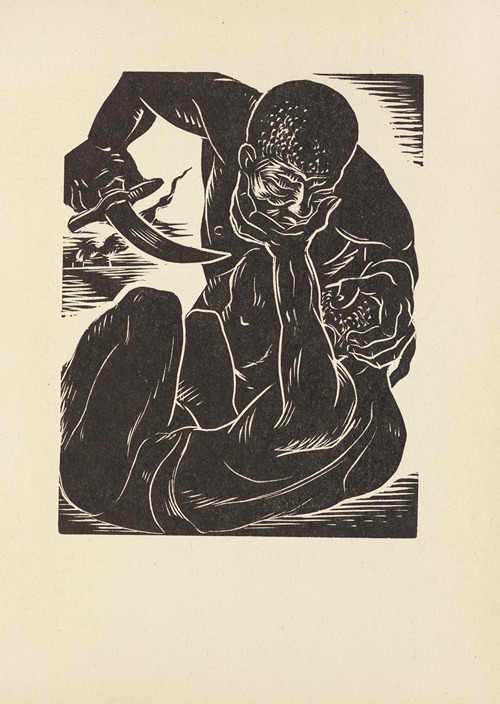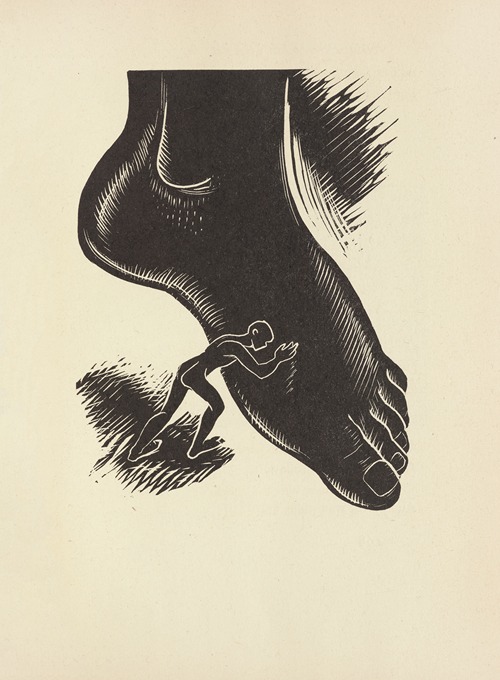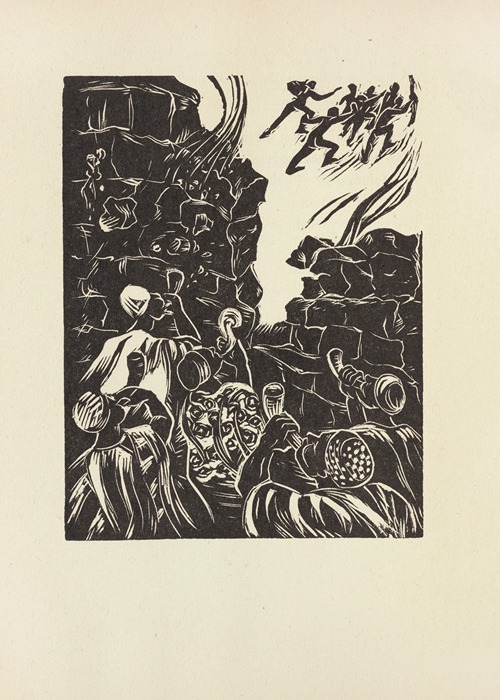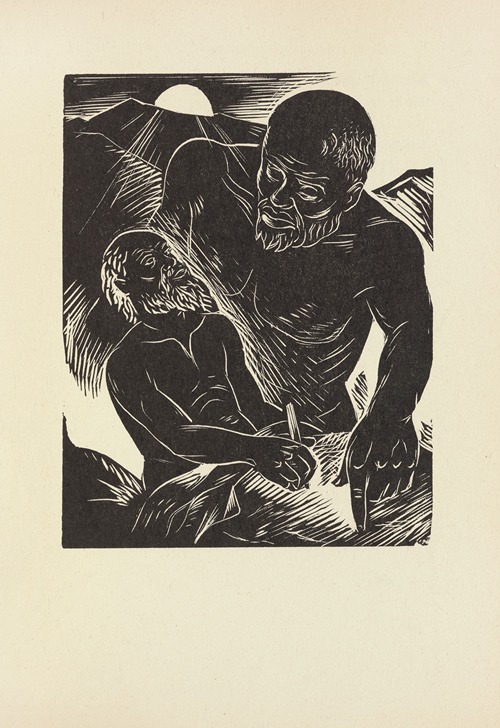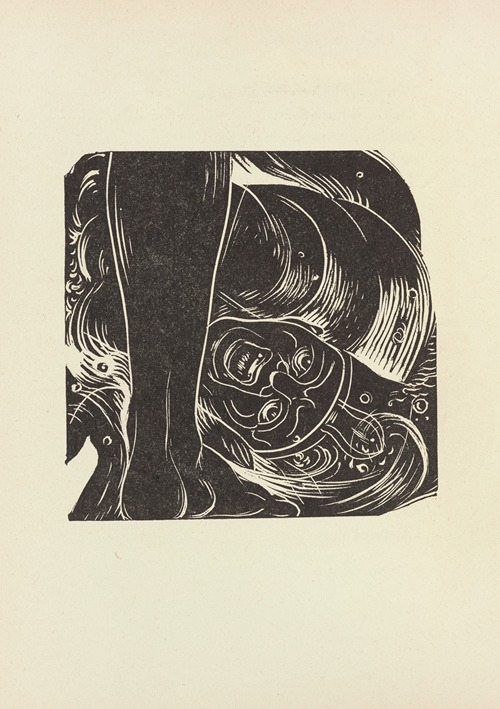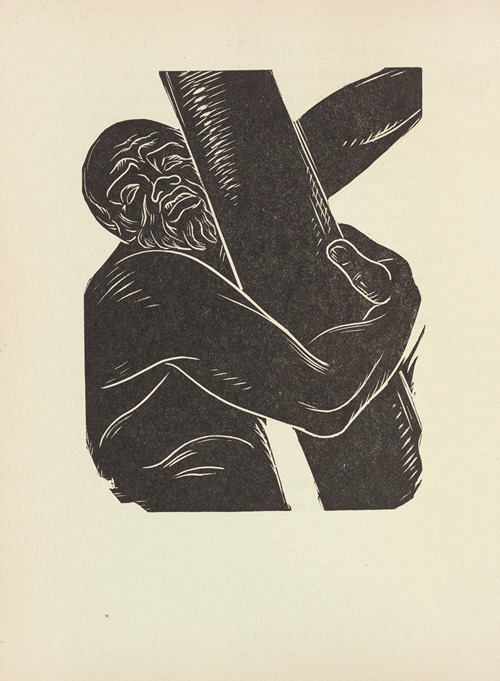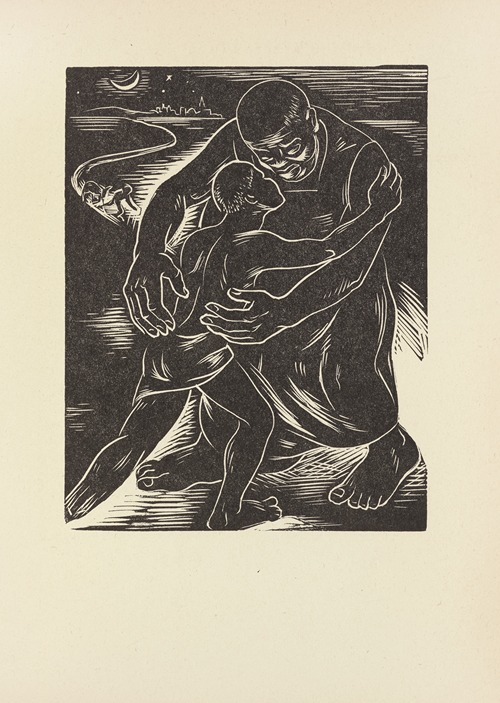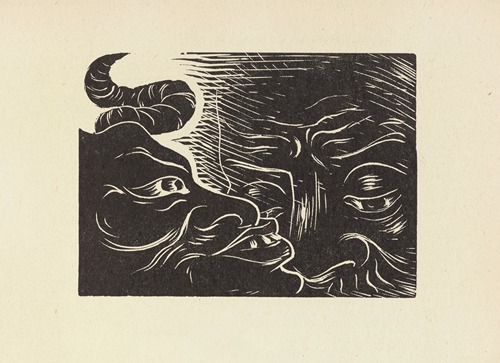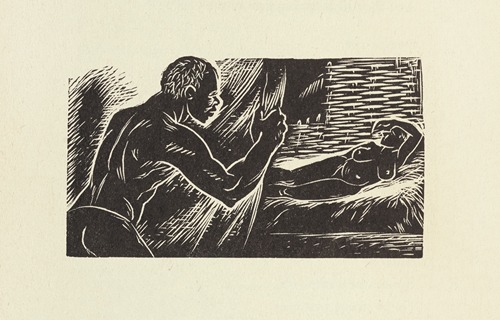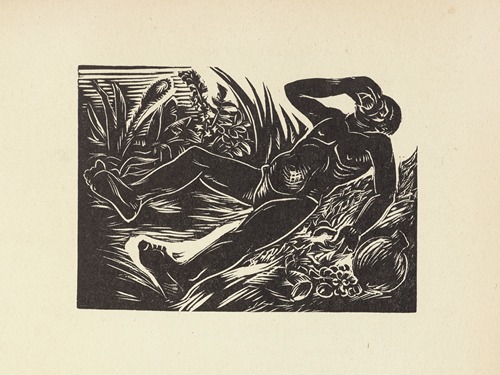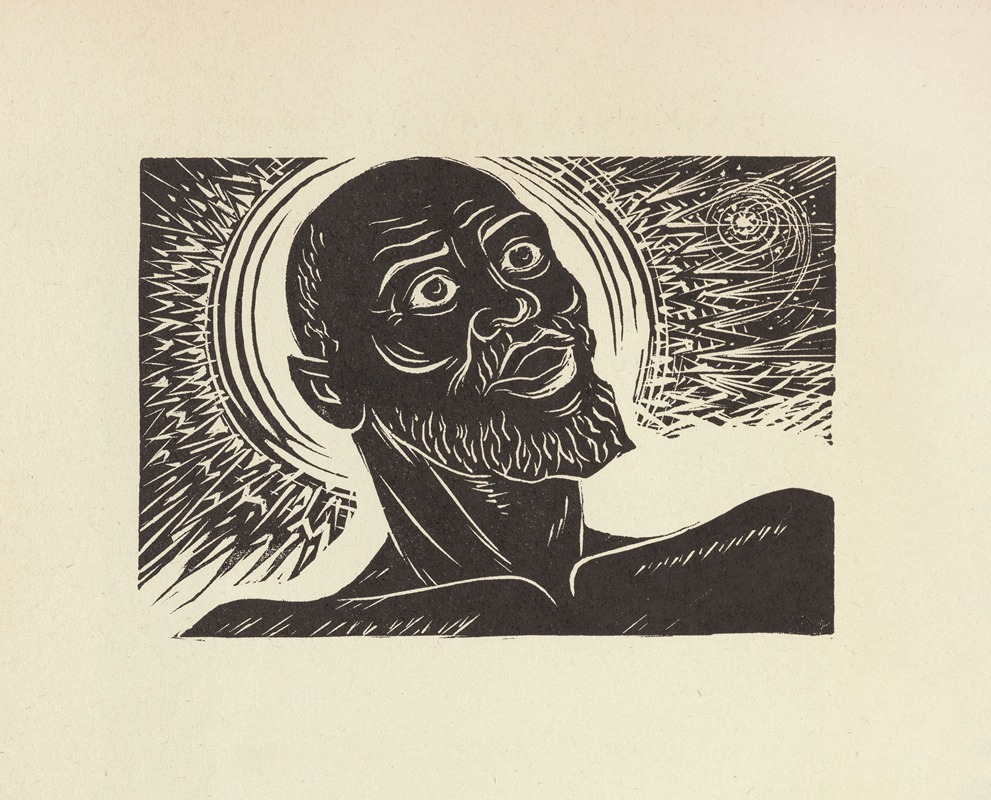
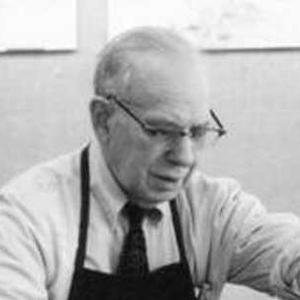
Letterio Calapai was a realist painter and printmaker who took part in the Federal Arts Project organized by the Works Progress Administration in the 1930s. Calapai's work can be found in the Fogg Art Museum and in the Boston Museum of Fine Arts which is where Calapai's parents took him when he was a boy.
Letterio Calapai made for himself a fruitful artistic career that spanned well over fifty years, during which he was deemed "a printmaker for the twentieth century" by the Chicago Sun-Times in 1984. The son of Sicilian immigrants, Calapai was born and raised in Boston, Massachusetts. Although the Calapai family was not monetarily wealthy, their lives were "rich in the pleasures of music, poetry, and art." Both the artist's mother and father made every effort to expose their son to the arts; his father recited poetry, his mother played the piano, and together they provided Calapai with violin lessons. During his childhood, Calapai frequented the Museum of Fine Arts in Boston and the Fogg Art Museum in Cambridge. There, his exposure to the work of the Old Masters would come to have a profound influence on his art; as he later declared, "their realism was my goal…" John Taylor Arms recognized the artist's unique appreciation for the Old Masters and said of Calapai, "He wants to study the great men. Very often the artist just wants to study his own ability." Calapai's interest in art continued to flourish at East Boston High School where he earned impressive grades and exhibited great artistic talent, particularly at drawing. His high school art history teacher, recognizing his notable artistic skill, gave him a paint box and brushes as a graduation present. Calapai recalled that "this wonderful gift was a tangible sign that I really did have some talent. It was the inspiration that led to the beginning of my career as an artist."
Calapai embarked upon this career at the Massachusetts Normal Art School (today known as the Massachusetts College of Art) where he turned his attention to painting. He received a two-year scholarship to the School of Fine Arts and Crafts in Boston after proving his exceptional artistic ability with several oil paintings. Under the instruction of Charles Hopkinson, Calapai excelled in figure painting and planned to enter a competition to study in Florence, Italy. Sadly, a devastating fire erupted in the summer of 1928 and destroyed all of his work, without which he would not be able to enter the contest. Disillusioned by the loss, Calapai believed, "Boston had little to offer in advancing my career."
Encouraged by his pianist cousin, Vincent Aita, Calapai relocated to New York City. For seven years he worked at a lithographic office while continuing drawing classes at the Art Students League and sculpture classes at the Beaux Arts Institute of Design. To the great dismay of his former teacher, Charles Hopkinson, Calapai devoted little time to producing his own artwork. Thus, Hopkinson offered to help Calapai financially, so that he could spend more time advancing his artistic career. Subsequently, Calapai immersed himself in his art, and the outcome of this effort was recognized in his first one-man show at the Montross Gallery, New York in 1934. Calapai attributed the success of the exhibition to Hopkinson's "interest and financial support."
In the years following 1934, Calapai expanded his artistic repertoire to include printmaking, a media that was deemed "limited" in previous years. He explored wood engraving, developing religious and literary themes. He often used the words of such authors as William Carlos Williams and Thomas Wolfe in his artwork. His religious depictions were described as "cataclysmic…scenes, emotional in color, form and design" by Stuart Preston, an art critic for The New York Times. "Harvest", a 1945 print, exemplified Calapai's interest in scenes of society's progress in both rural and urban landscapes. In 1946, Calapai began to explore the abstract realm of printmaking, primarily as a result of his exposure to Stanley William Hayter's workshop, Atelier 17. At this intaglio workshop, Calapai mastered and adopted unique metal engraving techniques. Hayter referred to his admirer as a "leader in the new ways." 11:45 P.M. (1947) demonstrated Calapai's newfound influence, utilizing Hayter's theory of "space visualized through lines in space of infinite dimensionality." His images continued further into abstraction, as he became interested in Social Realists, German Expressionism, and Post-Expressionism. Such ideas were seen in Jehovah's Eye, Empyrean, and La Valse, which demonstrated his increasingly fantastical and imaginative approach to his subject matter. Calapai, "constantly inspired by nature," experimented with organic, circular shapes and color. He successfully evoked the images of an imaginary underwater world through his blue and black intaglio prints, including Arioso Dolente and de Profundis, both from 1952. During his time in New York Calapai became a member of the Society of American Graphic Artists.
While Calapai absorbed new ideas from established artists and movements, he simultaneously imparted his knowledge to promising young artists. In addition to working as a printmaker, Calapai dedicated himself to teaching art. He founded and chaired the Graphic Arts Department of the Albright Art School in Buffalo, NY (1949-1955), then taught art at the New School for Social Research (1955-1965). He also established the Intaglio Workshop for Advanced Printmaking in New York (1962–65) and worked at numerous other colleges and universities. The creative relationship between teacher and student was an important catalyst in Calapai's career; Calapai found a "great reward in following the eminent careers of many students who still keep in touch… and occasionally ask advice about technical matters."
Letterio Calapai continued to explore the technical and aesthetic aspects of all artwork in his studio in Glencoe, Illinois while maintaining the tradition of teaching through his workshop. In 1962, Calapai wed Jean Hillard, to whom he attributes his "modest success". He describes her as a "rare and devoted wife." Letterio Calapai died on 29 March 1993, his 91st birthday, after a private concert given to him by Vladimir Leytchkiss. Leytchkiss performed music by Franz Schubert, a man Calapai had previously illustrated in his artwork. His wife, Jean, remembers this time as "a celebration of a beautiful life. There was very little pain…" No commemorative show was planned, as Jean explained "Letterio always said, 'My work is my memorial.'"

